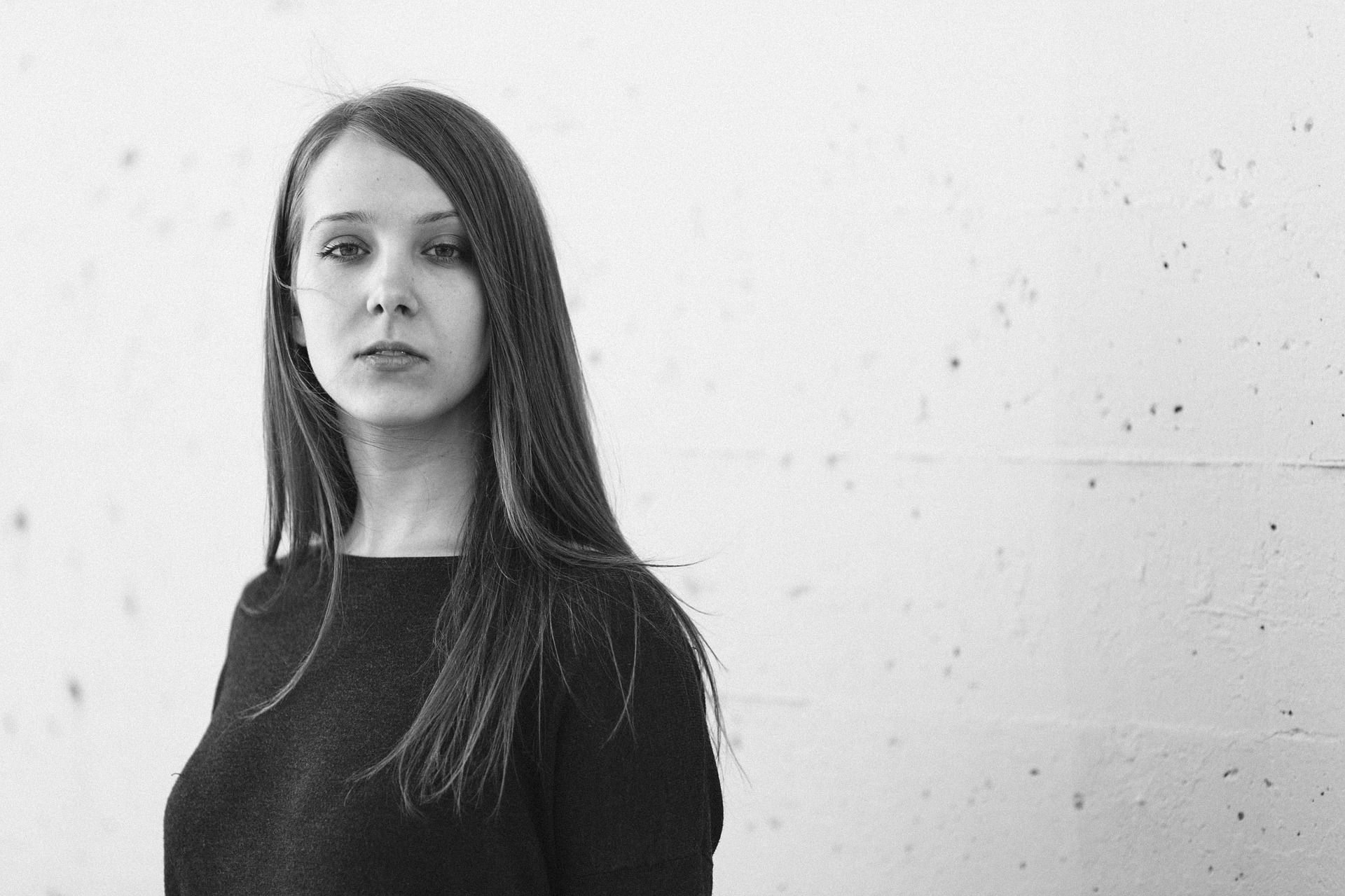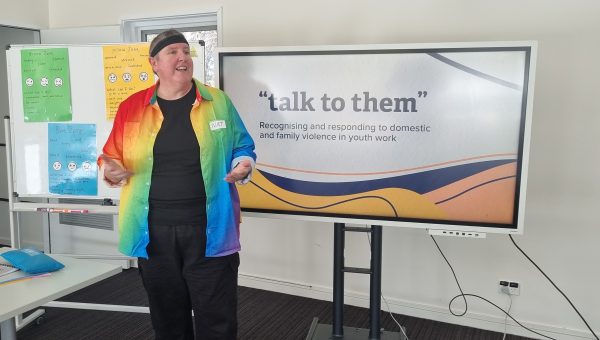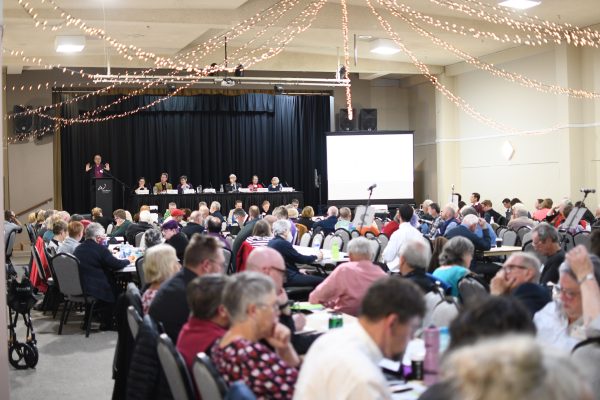8 March 2017.
Written by Jeremy Halcrow – Anglicare, Chief Executive Officer.
Today (March 8) is International Women’s Day. This led me to reflect on whether that growing rates of child poverty in this country are linked to gender inequality and whether we can do more speak out against the factors driving this appalling outcome.
Anglicare’s core mission is to break the cycle of inter-generational poverty. We have a mandate to end child poverty and therefore speak out about the social injustice and inequity which is causing the problem. The sad reality is that most young children who grow up experiencing poverty and deprivation will also experience health and developmental impacts which will affect their schooling and ultimately curtail their life opportunities. This is not a scenario that should be tolerated in a wealthy country like Australia.
Child poverty in Australia has been getting worse over the past few decades. In my view, there needs to be a gender inequality lens applied to the problem to help us understand what is driving this escalating problem.
Even in advanced western countries like Australia, women are more likely to experience poverty than men. However this high-level data masks the two most vulnerable groups of people: older single women and single mothers.
Research by Dr Susan Feldman and Dr Harriet Radermacher from Monash University, found that some 34 per cent of single women over 60 lived in permanent income poverty, compared to 27 per cent of single older men and 24 per cent of couples.
Likewise, in its most recent poverty report, ACOSS found that over 40 percent of all the children in poverty are from sole parent families. ACOSS points out: “The rate of poverty for lone parents has increased since 2012 – the year 80,000 sole parents were moved from the pension to the (much lower) allowance payments”.
The reality is that most sole parents are women. ABS data shows that 87 percent of the nearly half a million lone parent families are headed by mothers.
Research across the western world shows mothers who head sole parent families are more likely to experience poverty than fathers. For example in France lone mother-headed families were eleven times more likely to be in poorest quintile of the population as the wealthiest. In contrast lone father-headed families were equally likely to be in the poorest quintile or the wealthiest quintile. One Australian Parliamentary Enquiry found that there were three times “more poor women in sole parent families than there are men”. The key causes of poverty among women, particularly female sole parents, includes “the continuing inequality of wage levels, with women’s wages still being generally lower than those of males” and “the nature of the work which women are more inclined than males to do, which is more likely to be part-time or casual or precarious in nature.”
In arguing for a Universal Basic Income, Dr Petra Bueskens from the School of Social and Political Sciences at the University of Melbourne has made the point that single mothers face a double whammy: first they suffer from the gender pay gap and then our society also fails to sufficiently value the cost of motherhood.
“In broad terms, the closer we are to mothering dependent children, including especially infants and pre-schoolers, and the further we are from access to a male wage, the poorer we are as women,” she says. “Never married single mothers with dependent children are the worst off and it moves progressively from there with young, educated, urban, never-married, childless women in fact outstripping average male wages.”
Whether or not the Universal Basic Income is a workable policy outcome, Dr Bueskens is right that we must find a better way forward. The current policy settings are resulting in too many children of single mother families being left behind. This is both an issue of gender inequality and one of profound social injustice.


